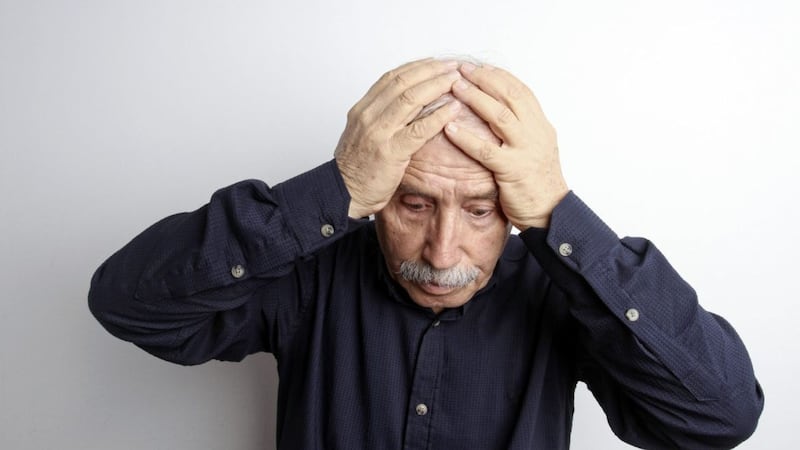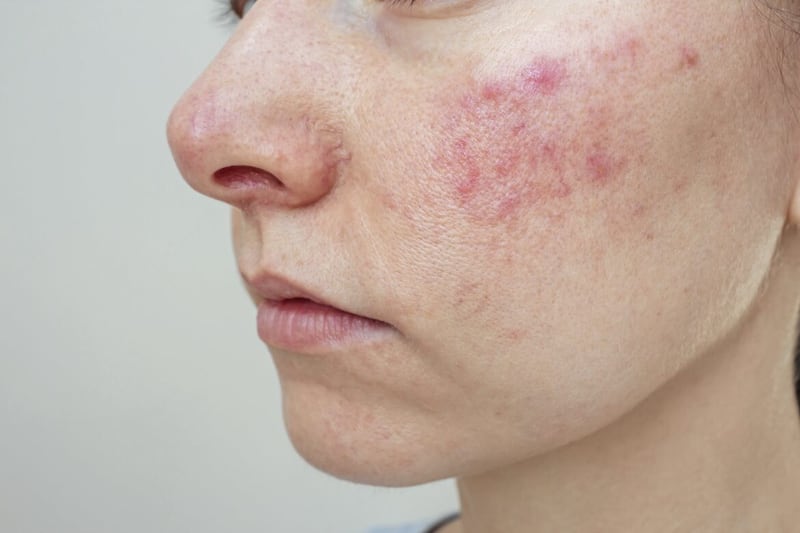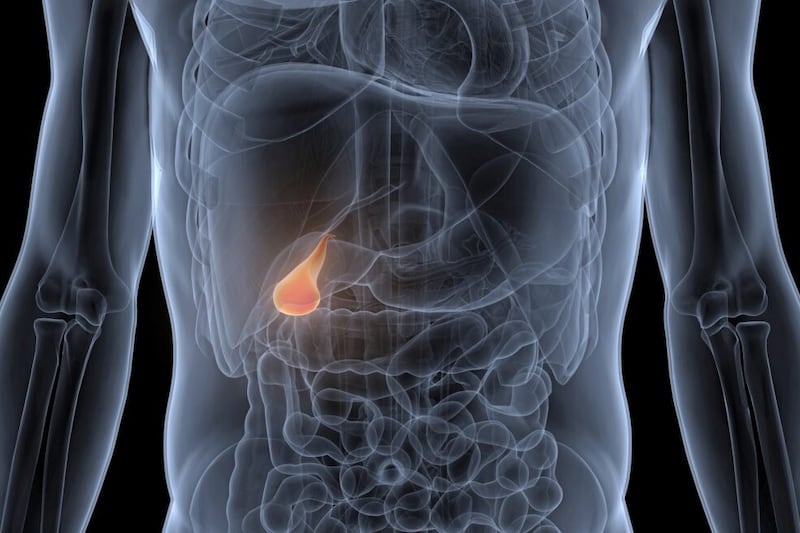Q: I WAS badly concussed by a fall in the snow four years ago and, although a scan was clear, I have been left with bouts of dizziness.
Blood and other tests are OK and I am told I have benign paroxysmal positional vertigo. Can you suggest a treatment? I am 74.
AD
A: IT MUST be frustrating for you to have suffered from this for four years, especially when the fall itself did not cause any serious injury. I am pleased to say that, if the diagnosis of benign paroxysmal positional vertigo (BPPV) is correct, then there is a simple, effective treatment that can minimise, or even halt, the recurrent bouts of dizziness.
First, let me explain a little about the condition. BPPV is the most common form of vertigo – ‘vertigo’ in this context does not refer to the fear of heights we often associate with the term, but a spinning sensation, much like the feeling you’d experience as a child after jumping off a roundabout in the playground.
It can often be traced back to a head injury (as in your case) or whiplash, but, in a third of cases, there is no obvious cause. It’s more common in women and the elderly, but each of us has a 2 to 3 per cent chance of developing it in our lifetime.
The symptoms tend to come and go, with episodes of dizziness typically lasting up to a minute at a time. These may be provoked by seemingly innocuous movements, such as rolling over in bed or turning to reach for the seat belt when settling into a car seat.
The bouts can be so severe that they trigger nausea or vomiting, rather reminiscent of the motion-induced vertigo of seasickness. It can also cause unsteadiness or loss of balance.
BPPV is caused by tiny calcium crystals moving about in your inner ear, specifically in the so-called semicircular canals. These three loop-like structures are integral to our sense of balance and contain fluid and microscopic hairs that detect when the head moves and in which direction, and send that information to the brain.
In BPPV, the calcium crystals normally found in another nearby part of the ear collect in the semicircular canals. There, they roll around as the head moves, tripping the hairs, which then transmit to the brain erroneous information about the head’s position – the feeling of dizziness then ensues.
The condition is treated by dislodging troublesome particles from the semicircular canals and sending them rolling back to where they belong.
This is achieved by a series of exercises known as the Epley manoeuvre and can be carried out by an ear specialist, trained physiologist or audiologist in their clinic.
It involves moving the patient’s head through a series of rotations and other positions, both seated and when lying down.
It is a skilled procedure, but harmless, requiring no anaesthetic or medication, and is almost always effective. In fact, studies have shown it to remedy the condition after just one treatment in more than 80 per cent of patients – the remainder may need a second or third treatment to move the crystals.
An alternative you can carry out at home are Cawthorne-Cooksey exercises. You can be taught these by a physiotherapist. I strongly advise that you ask your GP about these treatments.
Despite four years having passed since your fall, I believe that there is every reason to be optimistic about resolving your dizziness.
Q: FOR the past two years I’ve had tinnitus – a continuous hissing and whining in my ears, of varying loudness and intensity. It began with a build-up of wax in my left ear. What amazes me is that there is nothing the medical profession can do about it.
DM
A: AT LEAST 15 per cent of us will experience tinnitus at some point. For many, it is a temporary problem that clears within weeks or months. But for a minority, it becomes a permanent symptom that adversely affects quality of life.
Tinnitus is where you hear sounds such as whooshing or whirring (the word tinnitus is derived from the Latin for ringing) without there being any external cause.
It’s thought to occur as a result of a change in the amount of sound-related information reaching the brain that may result from age-related hearing loss, or damage to the ear caused by noise exposure.
It is believed extra information is sent through, resulting in the ‘noise’ of tinnitus. Other possible triggers include a build-up of earwax, an ear infection, some medications that may lead to ear damage, and a head injury.
I’m afraid there is no straightforward cure: the goal of treatment is to reduce the impact of tinnitus on your life.
The human brain is hugely complex and tinnitus, is, for the most part, a brain problem.
We know that anxiety and fatigue worsen tinnitus. So relaxation techniques such as meditation and antidepressant drugs (such as nortriptyline) can help. Cognitive behavioural therapy can also be effective by altering negative thought patterns to ease the impact of the condition, though I accept that it requires much practise.
The more an affected individual focuses on the unwanted noise, because it’s so insistent, the worse and more intrusive it becomes. Short-term measures such as simply having background noise on – for example, the radio – can help.
The more you learn to ignore the tinnitus, the more it recedes into the background.
CONTACT DR SCURR
To contact the GP, email askthegp@irishnews.com. Include your contact details. Dr Scurr cannot enter into personal correspondence. Replies should be taken in a general context and always consult your own GP with any health worries.








